experience
Latest content and event information
-
In Japan’s ancient capital, local makers and businesses are finding new ways to protect the planet while keeping their culture alive
For over a thousand years, Kyoto has been a city where people think long-term. Many local businesses have inherited their craft and spirit through generations. Yet these companies are not just preserving tradition—they are creating new value for the future. They act as social enterprises, balancing respect for culture with care for the environment and community.
Today, visitors can join these businesses in hands-on experiences that show how sustainability can be part of daily life. In collaboration with BEYOND2025, one of Japan’s largest social conferences, and the JTB Kyoto Branch, these programs offer a fresh way to explore Kyoto through the lens of social impact and local creativity.
CulturalKyoto sustainable tourismKyoto sightseeingexperiencetraditional culture
-
At a 100-year-old printing studio
Would you like to make your own T-shirt?
Students can take the lead role in creating T-shirts using photos they have taken themselves. In the workshop of a 100-year-old T-shirt printing company, they will experience full-scale production using DTF printing technology, and experience photo editing, layout, and printing. The completed T-shirts can be purchased later by distributing the 2D barcode on the e-commerce site to parents. The program also includes a lecture on the history and traditional craftsmanship of Fujiki Yuzen Mold Factory, providing students with an in-depth learning experience that combines culture and technology.
-
This is a rare opportunity to be introduced to a real Kyoto maiko (or geisha), learn, enjoy the senses, and be enchanted as you watch the maiko perform traditional Kyoto dance, interact with her, ask questions, and take souvenir photos.
*Explanation will be in English.
-
A long-established inn founded in 1912"Sumiya Ryokan"
The calm, sukiya-style building stands out in Sanjo Fuyacho, the heart of Kyoto. From the guest rooms and teahouse, you can enjoy the beautiful changes of the seasons in the courtyard.At the matcha experience at Sumiya Ryokan, you will be taught how to make and drink matcha, and you can try making it yourself or drink the matcha you made with your family or friends.You can have a fun time.
Sumiya Ryokan is also famous as a tea ceremony inn with deep ties to the Urasenke school. There are five tea rooms in the building, the most famous of which is Gyokutoan. It was named by the 14th head of the Urasenke school, Tantansai, after his predecessor, who was born in the year of the rabbit.
This plan is,Private plans for groupsFor those who are not comfortable sitting upright, we also have chair seats available. Please take this opportunity to come to Sumiya Ryokan.
The official website of Sumiya Ryokan can be found here
Private experiencePrivate ExperienceSumiya RyokanMatcha ExperienceKYOTOKyoto experienceTea ceremonylong-established storeMatchatea roomLINK KYOTOhistoryexperienceKyoto's Unique VenuesgenuineKyoto culturetraditional culture
-
"Tie-dye"It is a method of dyeing kimono that has been passed down in Japan for about 700 years.
By tying the fabric with thread and applying pressure, the fabric is dyed in a state where it is under pressure.
This is a traditional tie-dyeing technique called "makiage shibori," which creates patterns without the dye soaking through.
The way the pleats are gathered and the way the string is wrapped around the fabric will affect how the white background appears,
The skill comes into play in deciding which parts to dye.
You can choose from a wide range of 20 colors.
You will create a unique, one-of-a-kind piece of art just for you.
You can take your creations home with you.
experiencetaikenKYOTOLINK KYOTOhistoryexperienceKyoto's Unique VenuesKyoto culture
-
[Features of Matcha Inko "KOTOHA Fragrance and Tea Leaves"]
★Ingredient 100% matcha incense
The world's first fragrance made from 100% matcha!
★Upcycling discarded matcha
We use powdered green tea, which accumulates in air purifying filters and is not sold for consumption.
★You don't have to worry about health hazards caused by smoke
It heats without burning, so there is no smoke.
★Beautiful looking incense
You can choose from over 50 different wooden molds.
★Can be used repeatedly
Because it does not turn into ash after use,Can be used as an aroma stone.
* Aroma stones: Soak in aroma oil and enjoy the scent as it slowly evaporates.
UpcycleUJIMATCHAIncenseAromaexperienceKYOTOupcycleLink KyotoUjiMatchaLINK KYOTOexperienceKyoto's Unique Venues
-
We are committed to contributing to people's health through pharmaceuticals and functional foods. Santonin, our revolutionary roundworm treatment, is made from the plant Artemisia miltiorrhiza. The world is home to a diverse range of plants, from the trees you see on your way to school to plants that produce fruit for snacks and even medicinal plants. The Yamashina Botanical Museum collects and cultivates approximately 3,000 species of plants from around the world. During your tour, you will experience the mysterious allure of plants. You will also learn about the evolution of pharmaceutical development throughout our company's history. Furthermore, you can utilize this opportunity for career development through interactions with employees who are committed to contributing to health.
Field trips for adultsplantmedicineLINK KYOTOhistoryexperience
-
- Considering the future of "Kyoto's Kitchen" -
Nishiki Market has flourished as a fish wholesaler since the Edo period, with over 130 stores lined up along the 390 meters from east to west from Teramachi to Takakura. Walking through the long market is like walking down a road of 400 years of history. Learn about 400 years of history and food culture, and think about the "responsibility to the future" that Nishiki Market bears in the field of "food," which is closely linked to the SDGs!Field trips for adultsNishiki Market Shopping Street, KyotoLINK KYOTOKyoto sustainable tourismexperienceHospitalityKyoto culture
-
Furukawacho Shopping Street Life and food culture experience
An English-speaking guide will guide you through the experience.
<Experience content>
① Knife sharpening experience(Time required: 90 minutes)
In the Furukawacho shopping district, there is a knife sharpener who has been in the business for 26 years.
Only at Furukawacho Shopping Street can you experience the artisanal skill of knife sharpening.
Learning how to properly sharpen your knives will make cooking even more enjoyable.
*This is not a knife-making experience.
*Please note that you cannot take home the knives. You can purchase them at the workshop.<Experience content>
A 15-minute lecture from a craftsman about the types of knives
Lecture on blade types: 15 minutes
Lecture on how to sharpen knives 60 minutes②Obanzai making experience(Time required: 70 minutes)
Home cooking passed down from grandmother to mother and mother to daughter is called obanzai in Kyoto. Let's make the mother's obanzai recipe of "Kyogohan Nishimura" together using the ingredients purchased at the shopping street.<Experience content>
Nishimura-san will give a lecture on how to make it (10 minutes)
2 dishes 30 minutes
Tasting of the prepared dishes: 30 minutesLINK KYOTOShirakawaFurukawa TownChion-in TempleexperienceKyoto's Unique VenuesFood cultureKyoto cultureJapanese sakeKyoto cuisineJapanese foodtraditional culture
-
A sake brewery tour that is normally closed to the public and that you can enjoy with all five senses
Sasaki Sake Brewery continues to brew sake in the middle of Kyoto.Located on the ruins of Jurakudai, which was loved by Toyotomi Hideyoshi, all of the sake is brewed using the hand-made techniques passed down in Kyoto and Rakuchu.In this plan, you can touch the sake brewing in Rakuchu that has been handed down for a long time.At the end, you can taste and compare 5 kinds of sake recommended by the brewer according to the season!
[Recommended points]
・Brewery guides the sake brewery.All processes such as bottling and labeling are done in the brewery, so we will show you the entire sake brewing process.
・Recommended by the brewer depending on the seasonTaste and compare 5 types of sake.May include alcoholic beverages not for sale.
・In the winter when sake brewing is in full swingPossibility to drink unpasteurized sake.
·aliveYou can look into the moromi tank.You can enjoy it with all five senses, such as the popping sound and smell during fermentation.Link KyotoLINK KYOTOSake brewerySake tourismSake brewery tourRakuchuToyotomi HideyoshiexperienceKyoto's Unique VenuesKyoto cultureJapanese sake


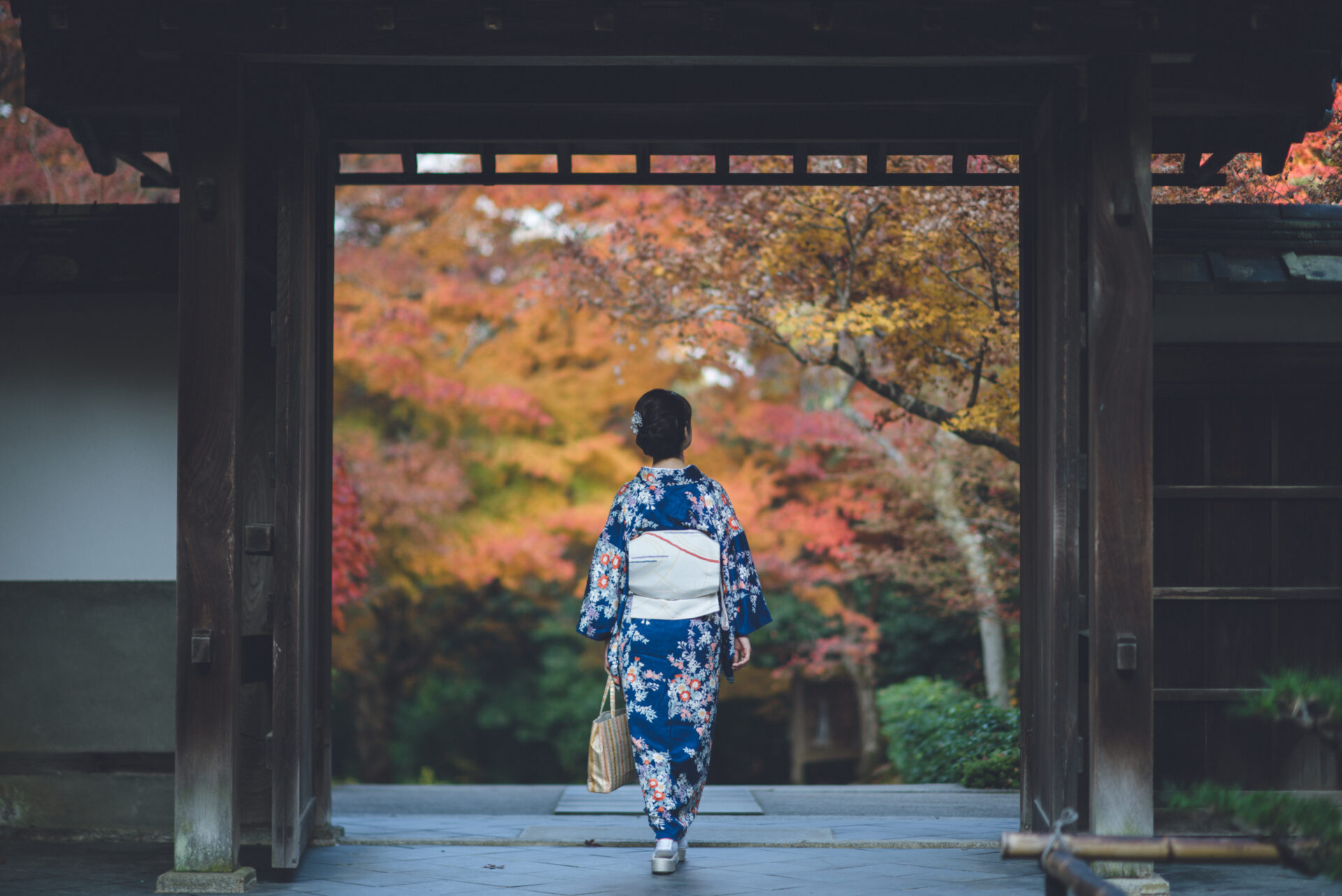
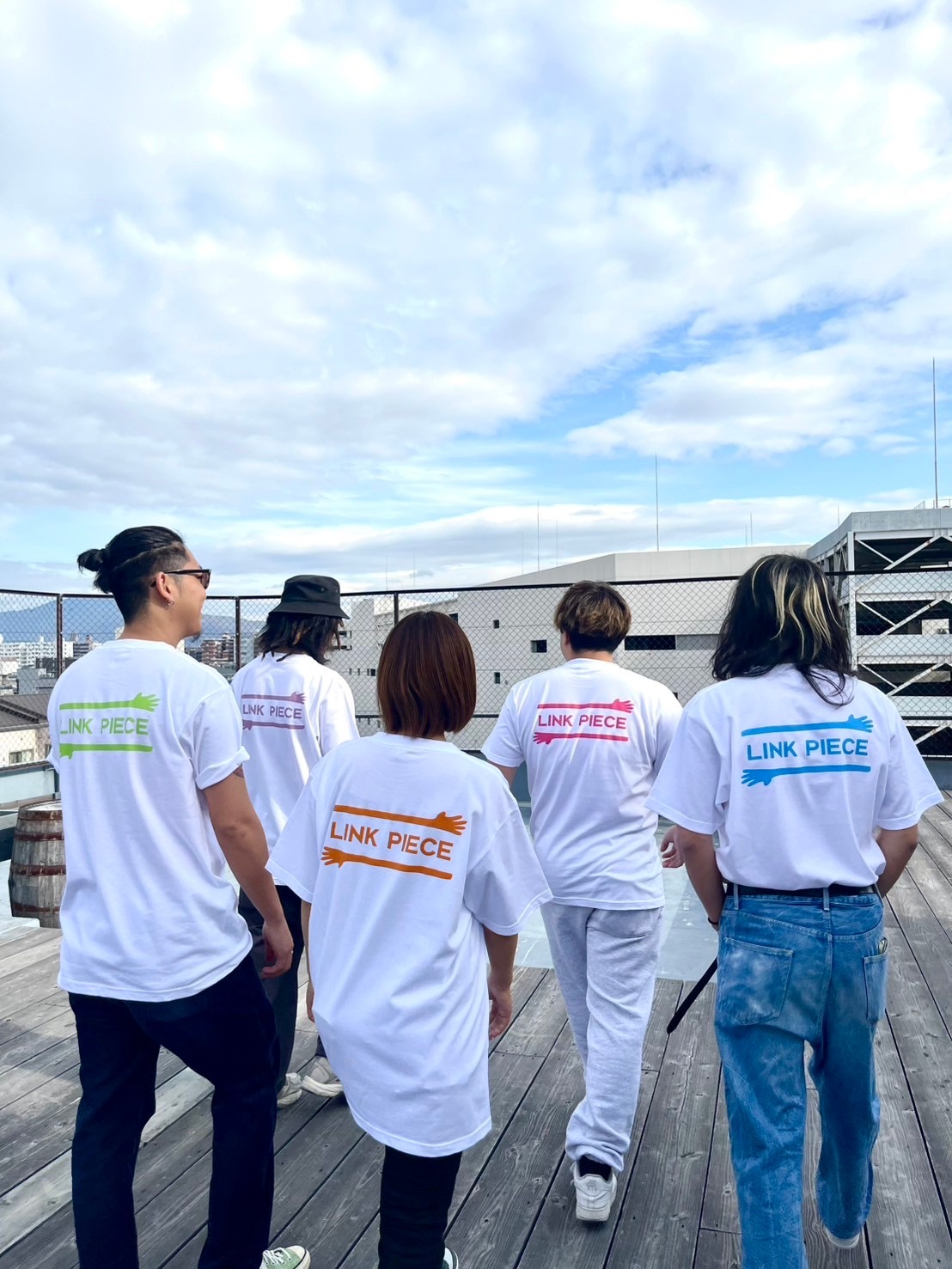
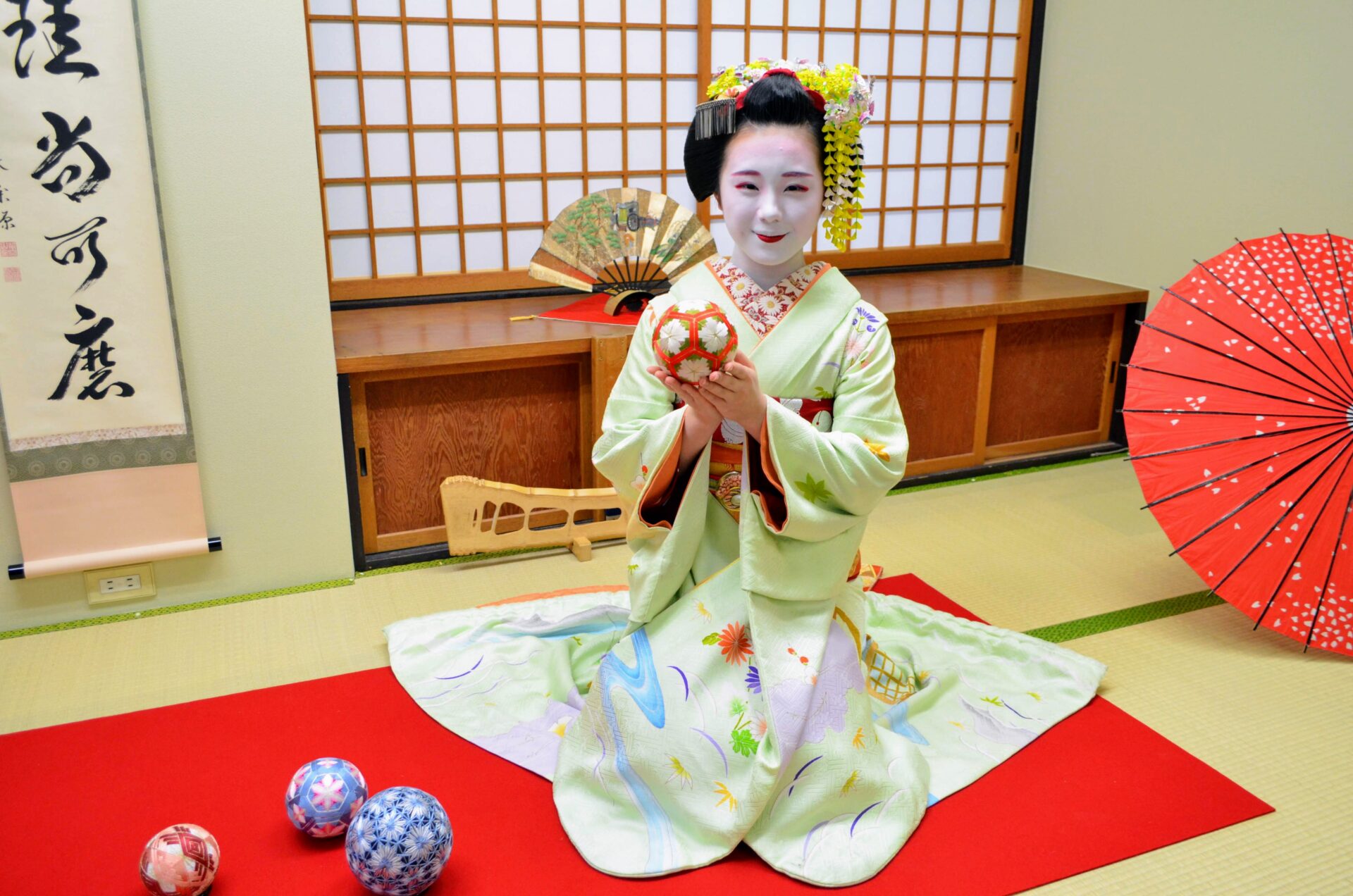
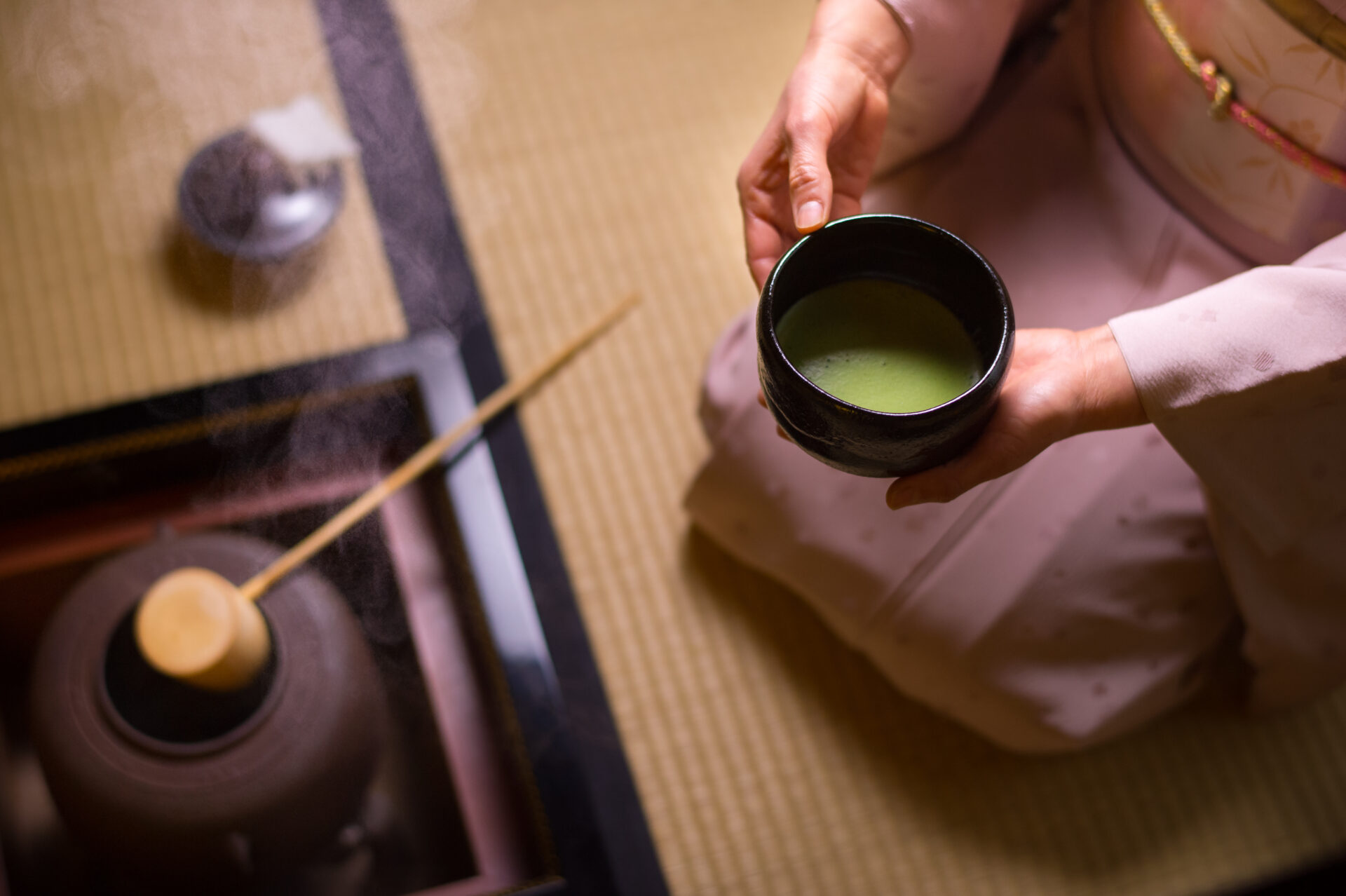
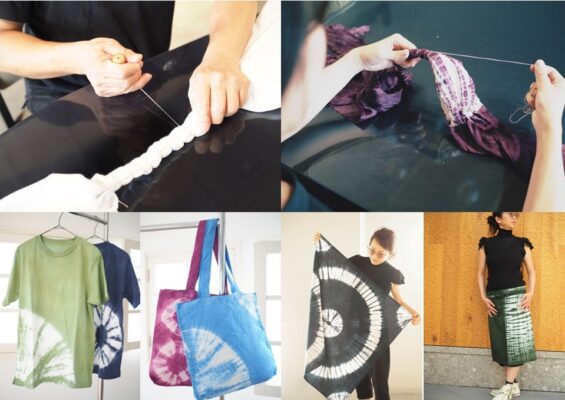
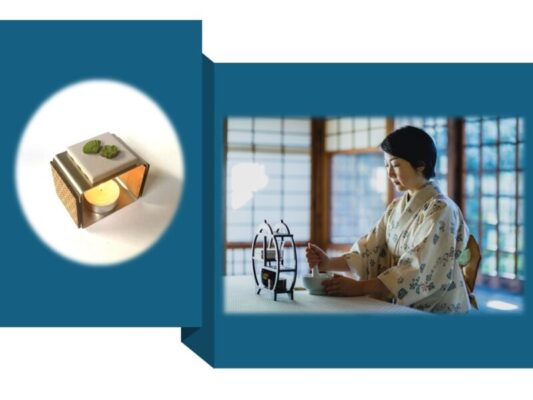
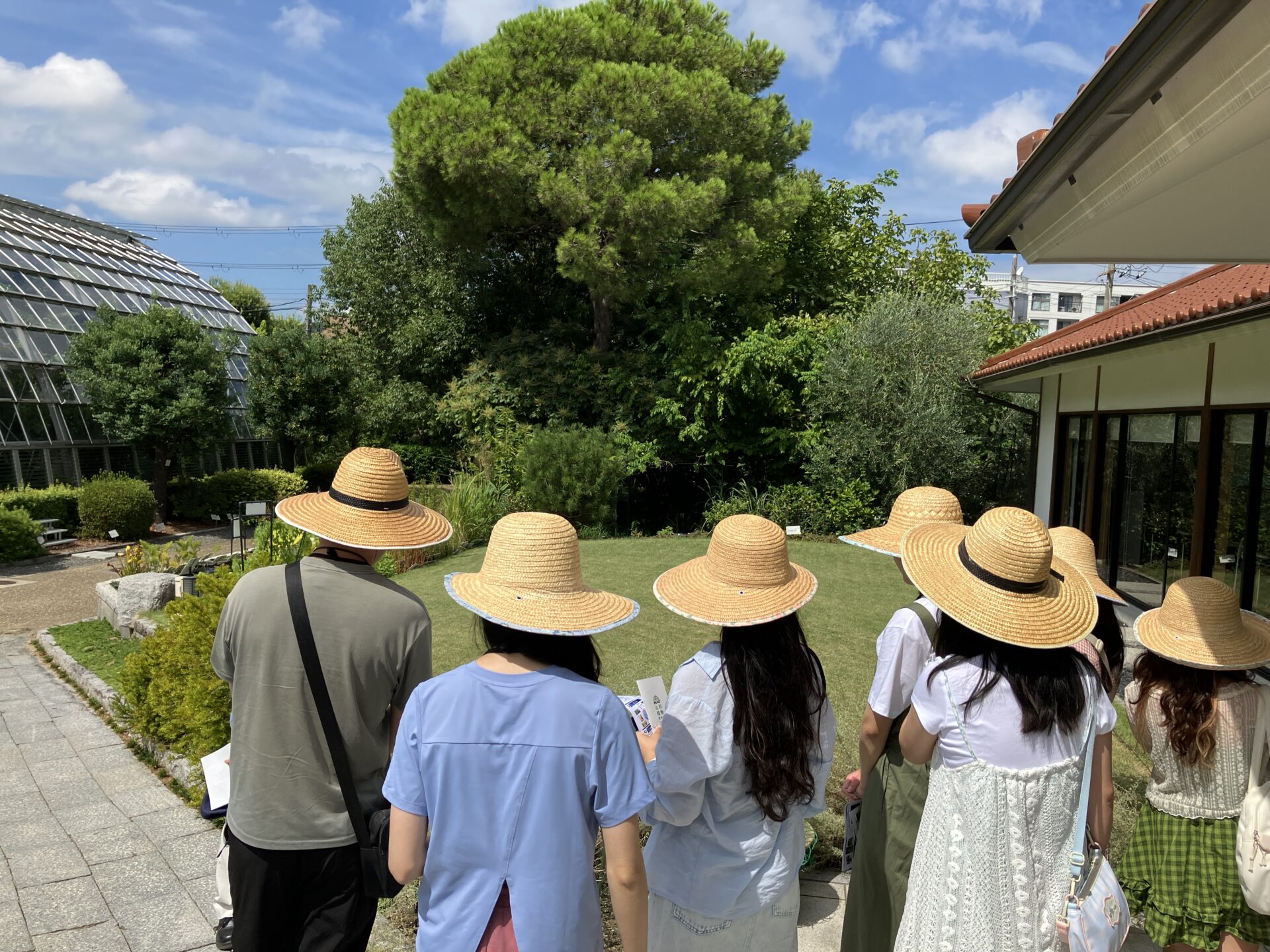
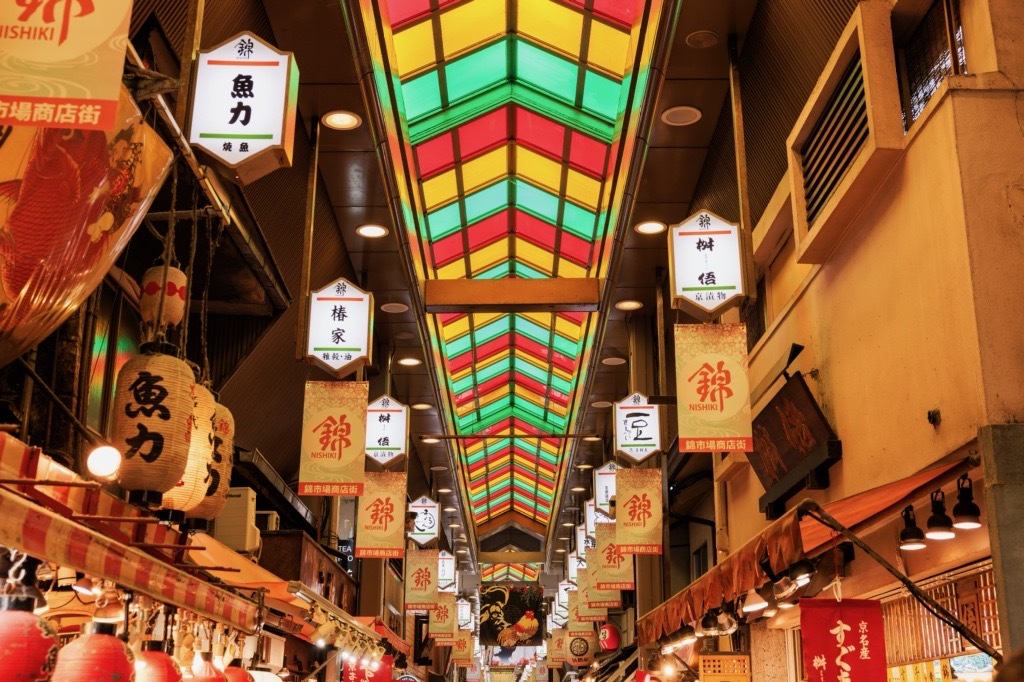
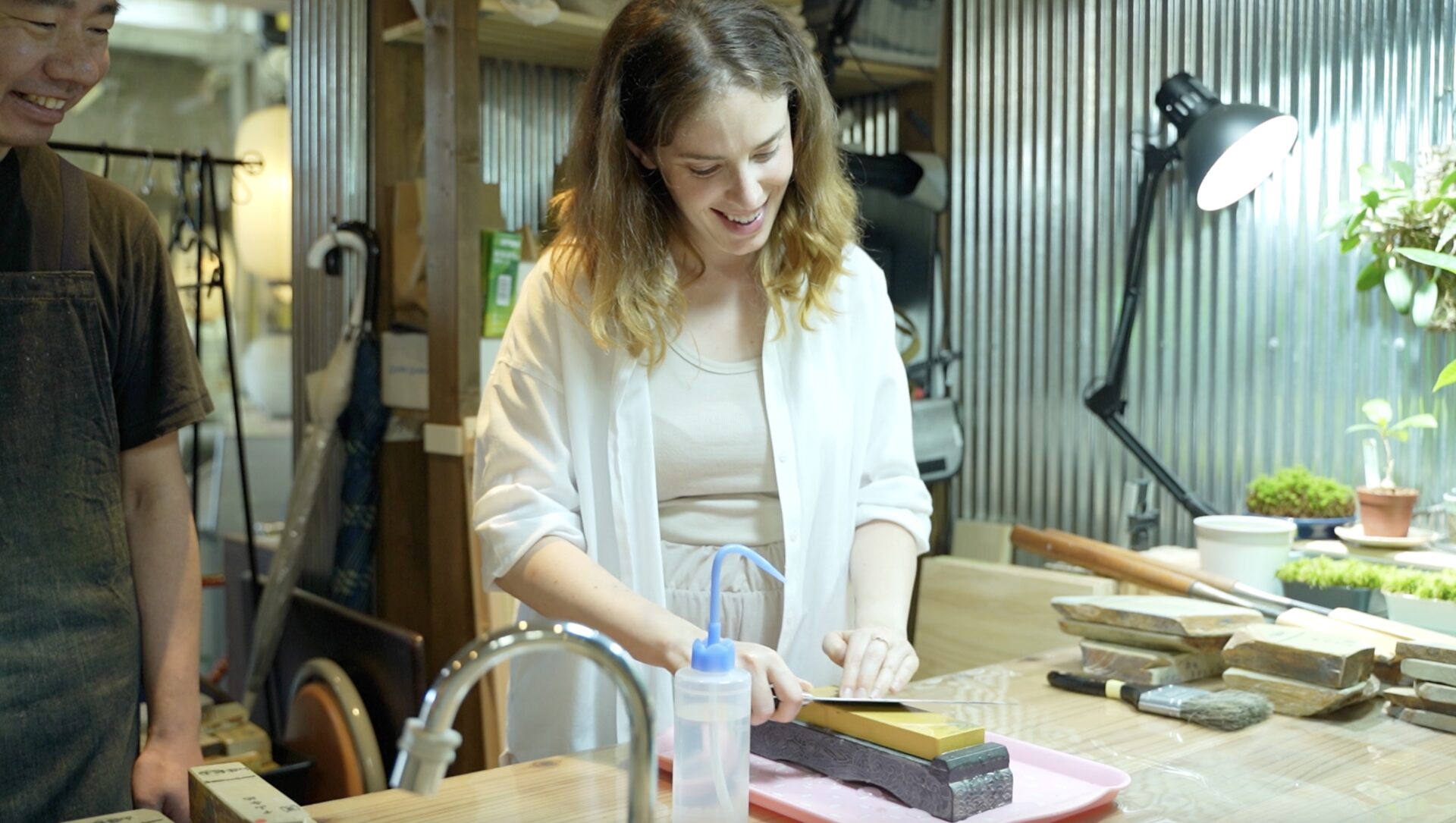
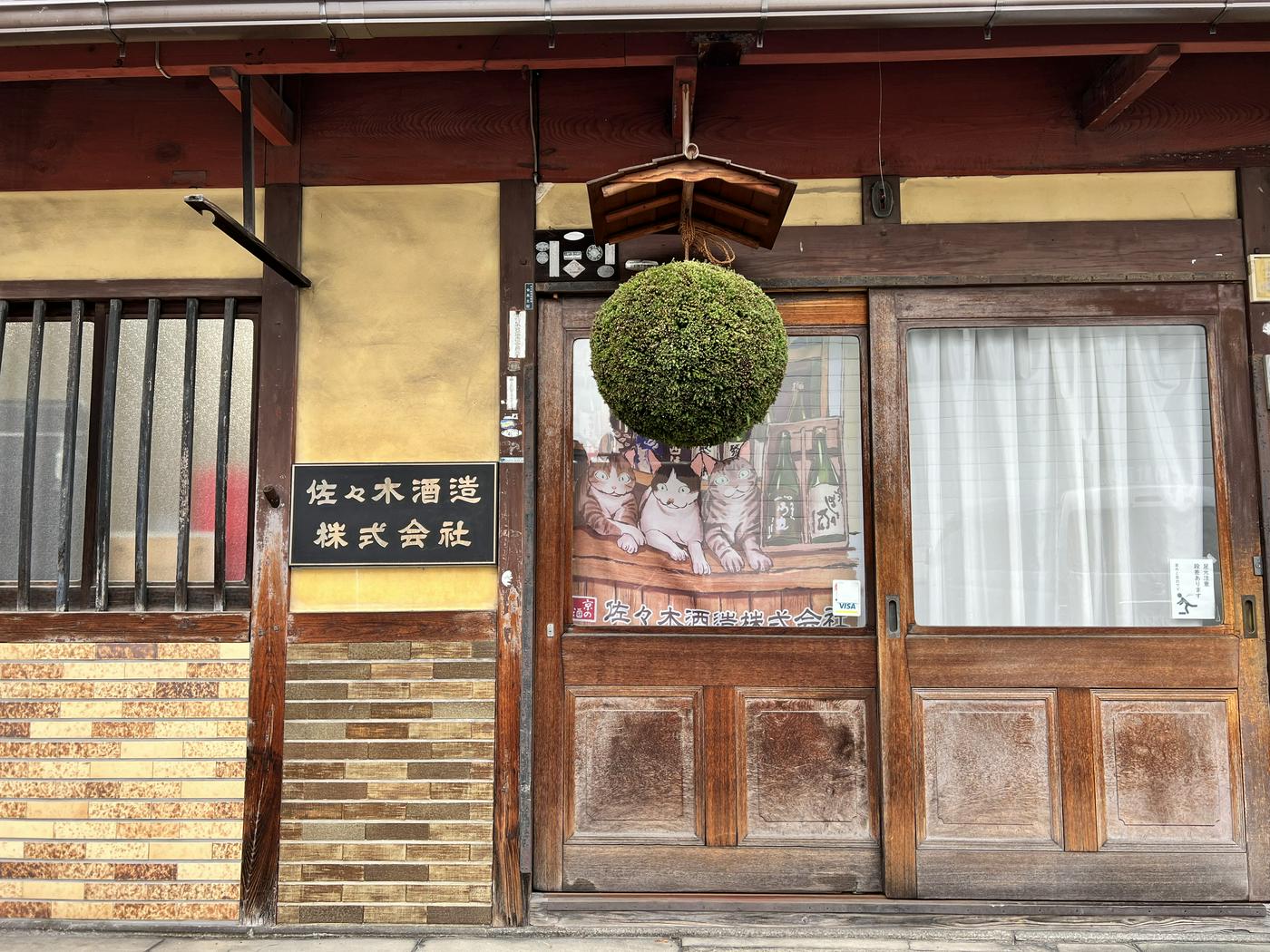
 Kyoto
experience
Kyoto
experience Contact us by phone
Contact us by phone Contact by email
Contact by email